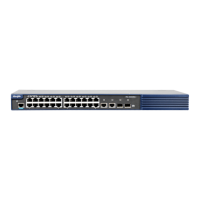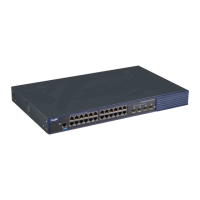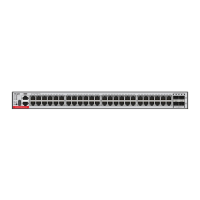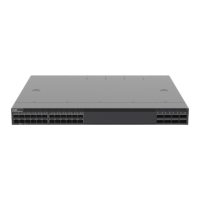Command Reference OSPFv3 Commands
3.36 router-id
Use this command to set the router ID (device ID). Use the no form of this command to restore the
default setting.
ID of the device in the IPv4 address format.
The OSPFv3 routing process, the largest IPv4 address of all loopback interfaces is elected as the
router ID; If there is no loopback interface with an IPv4 address, the OSPFv3 process will elect the
largest IPv4 of all other interfaces as the router ID
Routing process configuration mode
Each device that runs the OSPFv3 process shall be identified with a router ID. Router ID is in the
format of IPv4 address.
Any IPv4 address can be set as the router ID, but the router ID of every routers in the AS must be
unique. If multiple OSPFv3 processes are running on the same device, the router ID of every process
must be unique. Note that the change of the router ID results in considerable processing work in the
protocol. Therefore, it is not recommended to change any router ID without proper reason. A prompt
will be given to ask whether you are sure to modify the router ID. It is recommended that you specify a
router ID once an OSPFv3 process starts before configuring other parameters for the process
The following example sets the ID of the device that participates in the OSPFv3 process to 1.1.1.1.
Ruijie(config)# ipv6 router ospf 1
Ruijie(config-router)# router-id 1.1.1.1
Sets the interface priority.
Displays the OSPFv3 routing process
information.
Use this command to display the information of the OSPFv3 process.
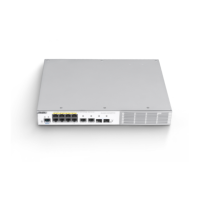
